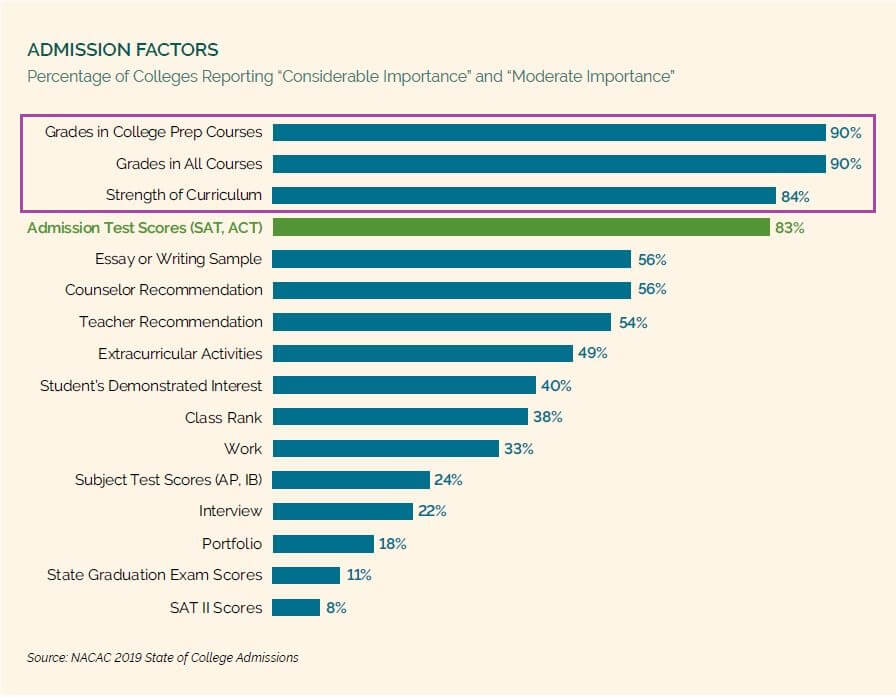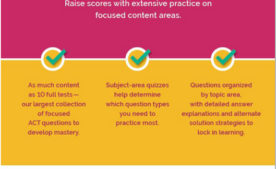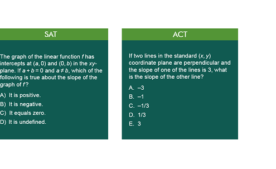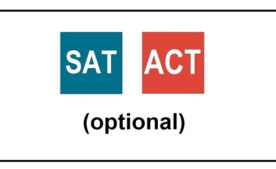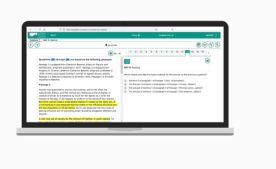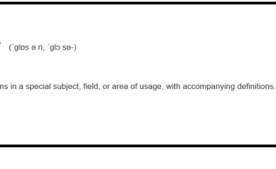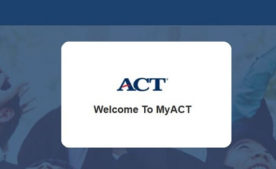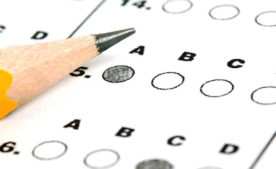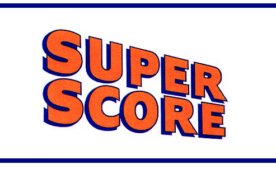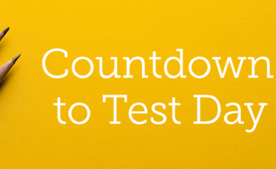While the college process may feel distant or almost irrelevant to families with younger students today, recent shifts in the landscape are changing the way admissions decisions will be made in the future. Clear trends point to an increased focus on academics, and choices made now will keep options open as our upper elementary and middle school students prepare for high school. After another year of disrupted learning due to COVID, it feels more important now than ever before that we continue to help students prepare for the next steps in their educational journey.
Admissions Requirements in Flux
Standardized testing requirements for college have been the subject of much debate in recent years, and the ongoing pandemic has only accelerated this trend. Due to the pandemic, many schools went test-optional. While the longer-term role of standardized testing in admission considerations is difficult to predict, we can be certain that the increased focus on academics is going to continue.
Standardized test scores have never been the sole criterion for college admission. Year after year, admission officers report that GPA and academic rigor are the top criteria in decision making. Most admissions teams conduct a holistic review of each application as they work to assess candidates for ‘fit’ with their school’s culture and mission. At the same time, admissions officers use the application to decide whether a student is prepared to meet the academic demands of their institution.
When an “A” Isn’t Just an “A”
Standardized test scores have had one key advantage over transcripts: that standardization makes them far more comparable than grades issued by myriad high schools around the country and the world. Without SAT or ACT scores, admissions officers must rely on other factors to differentiate between applicants. Not only are they fielding thousands (or tens of thousands) of applications—they’re also seeing unprecedented numbers of applicants with high GPAs. You may have heard the term “grade inflation.” While debates over standardized testing have stolen the admissions world’s spotlight, grade inflation has quietly persisted.
In 1991, more than half of PSAT takers reported a B average, and Cs, Ds, and Fs accounted for another 20%. By 2019, the majority—more than 45%—reported A averages. Only a third of respondents reported a B average in 2019, and only 10% reported a C average. Ds and Fs accounted for less than 5%.
Accounting for Grade Inflation
Colleges and industry professionals are well aware of grade inflation. It’s important for students and their families to be, too. How are colleges accounting for grade inflation? How does a top-tier school distinguish between applicants’ grades when 90% of them boast A averages?
In answer to these questions, admissions officers typically point to academic rigor. Remember, colleges strive to assess students’ preparedness to successfully complete college-level work. When test scores are less of a factor, admissions teams tend to place even more emphasis on the transcript, examining not only the grades but also the academic progression leading to those grades.
Admissions officers want to see students challenging themselves appropriately. They look for students showing year-to-year growth and demonstrating intellectual curiosity. It’s important to be aware of this emphasis on curriculum rigor, particularly for families of upper elementary- and middle-schoolers, who have the opportunity to plan ahead.
Charting Your Course
Students will overcome academic challenges all throughout school, but it’s best to plan ahead. Consider what options you’d like to have available as the high school years approach. What story would you like your high school experience to tell and which strengths and interests do you want to consider exploring now? What kind of path will you need to take to keep your options open? What support might you need to successfully maintain that path?
Be Aware, Plan Ahead, Keep Your Options Open
For our younger students, the most important goal is to build their confidence in academic skills so that they can pursue academic opportunities presented to them when they reach high school and be successful.
Whether your student needs help to keep up with, supplement, or accelerate their academic studies, Summit’s tutors can help. Our tutors work one-on-one with students, tailoring sessions to individual needs and goals. For more than 30 years, we’ve been helping to improve grades and build confidence across all academic subjects.
Our Peak Math & Writing Programs provide students with the opportunity to further master these subjects.
Peak Math programs are for students in grades 4 – 10. Prioritizing your student’s unique personality, strengths, and needs, our Peak Math tutors will tailor their instruction to ensure your student will get the most out of their tutoring experience. And through our suite of customized, one-on-one math programs, supported by a nationally-recognized curriculum and taught by our top math tutors, building strong students who love math is just what we do in these programs.
The Peak Writing program is geared toward students in grades 8-10. Middle and high school students will learn to structure their essays, deepen their analysis, and develop their arguments to achieve mastery of analytical writing.

